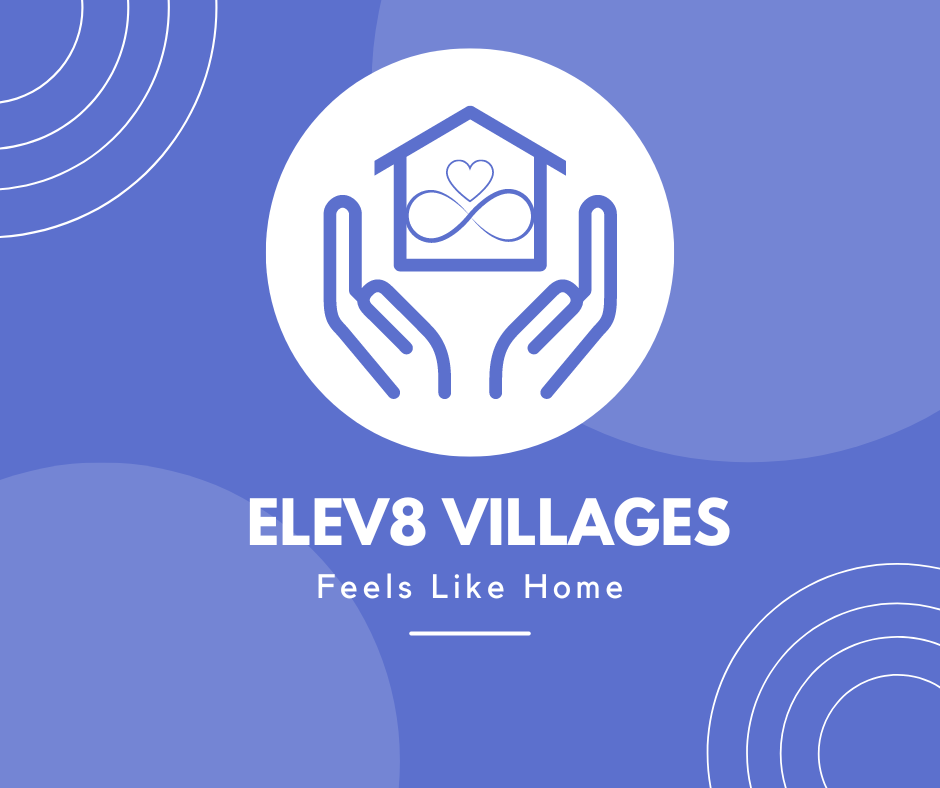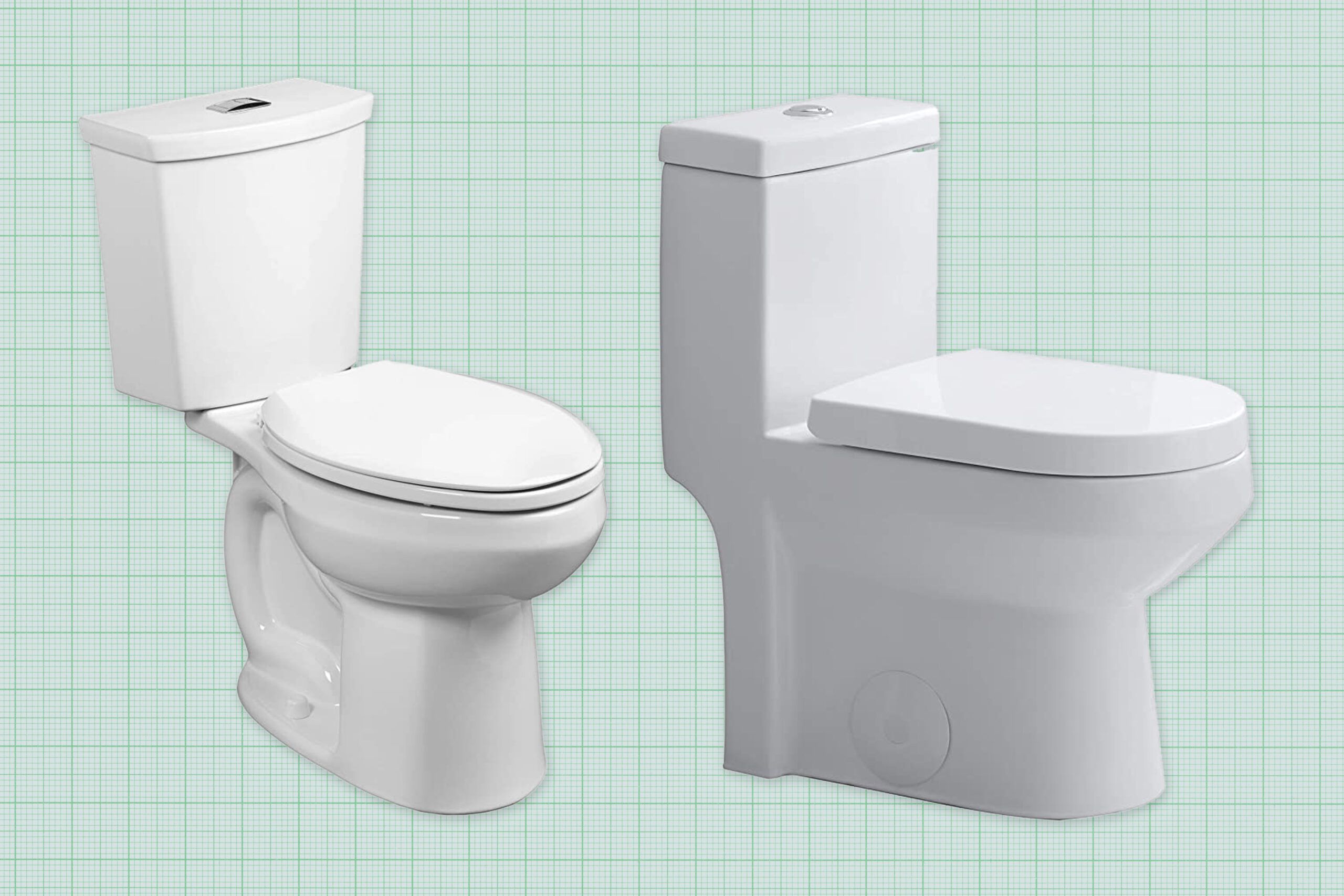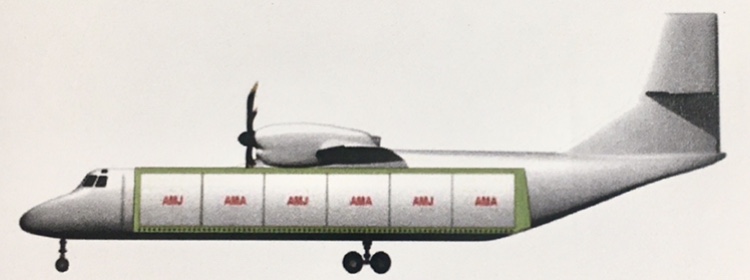Handheld Pocket Ultrasound for Rural Hospitals in Haiti and Kenya

Project Overview
The mission is to enhance the quality of compassionate healthcare for the people of Southwest Haiti and rural communities in Kenya; and to empower them with resources to pursue their basic right to health and health education. This will be done through the production and implementation of our Hand Held Pocket Ultrasound Device. In addition we will provide initial and ongoing training to physicians, technicians, and nurses in these countries about the device, through video conferencing and teach the teachers. Our Medical Director, who is board-certified in Diagnostic Radiology will conduct the training. We currently have contacts with hospitals and top management in Haiti and Kenya and they are very interested in implementing our device.
Executive Summary
Executive Summary Handheld Pocket Ultrasound for Rural Hospitals in Haiti and Kenya in conjunction with the Visitation Hospital Foundation in Haiti and rural physicians in the Lake Victoria region of Kenya. The mission is to enhance the quality of compassionate healthcare for the people of southwest Haiti and rural communities in Kenya; and to empower them with resources to pursue their basic right to health and health education. Implementing pocket ultrasound devices in rural hospitals in Haiti and Kenya can have significant benefits for healthcare delivery in these regions. Portable ultrasound technology can address various challenges faced by healthcare providers in resource-limited settings, offering advantages such as affordability, accessibility, and versatility. Here are some key points to consider: Benefits: 1. Portability and Accessibility: o Pocket ultrasound devices are compact and portable, making them easy to transport and use in remote areas with limited infrastructure. o Healthcare providers can carry these devices to outreach clinics, enabling them to reach more patients in underserved communities. 2. Cost-Effective Diagnosis: o Pocket ultrasound devices are generally more affordable compared to traditional ultrasound machines, making them suitable for resource-constrained settings. o They can provide cost-effective diagnostic capabilities, aiding in the timely identification of medical conditions. 3. Versatility: o These devices can be used for a variety of applications, including obstetrics, cardiology, abdominal imaging, and musculoskeletal imaging. o Versatility is crucial in rural settings where healthcare providers may need to address a wide range of health issues. 4. Training Opportunities: o Pocket ultrasound devices are often user-friendly, allowing for easier training for healthcare professionals. o Training programs can be developed to empower local healthcare workers with the skills needed to operate and interpret ultrasound images. 5. Timely Interventions: o Rapid diagnostic capabilities can lead to quicker interventions and improved patient outcomes. o Obstetric ultrasound, for example, can help identify high-risk pregnancies, allowing for timely interventions to ensure the health of both the mother and the baby. 6. Telemedicine and Consultations: o Portable ultrasound devices can facilitate telemedicine consultations, enabling remote experts to provide guidance on diagnostic imaging. o This can enhance the level of care in rural hospitals by connecting healthcare providers with specialists. 7. Reduced Dependence on External Facilities: o By having access to on-site ultrasound capabilities, rural hospitals can reduce their dependence on external facilities for diagnostic imaging services. Considerations: 1. Training and Education: o Ensure comprehensive training programs for healthcare providers to effectively use and interpret ultrasound images. 2. Maintenance and Support: o Establish a system for regular maintenance and technical support to address any issues with the devices promptly. 3. Infrastructure Requirements: o Assess the local infrastructure to ensure that it can support the use of pocket ultrasound devices, including electricity and storage conditions. 4. Cultural Sensitivity: o Consider cultural factors that may influence the acceptance and adoption of this technology within the community. 5. Data Security and Privacy: o Implement measures to ensure the security and privacy of patient data generated by ultrasound devices. 6. Collaboration with NGOs and Partners: o Collaborate with non-governmental organizations (NGOs) and other partners to facilitate the procurement and distribution of these devices. Implementing pocket ultrasound devices in rural hospitals in Haiti and Kenya has the potential to enhance healthcare delivery, improve diagnostic capabilities, and positively impact patient outcomes. It is essential to approach the implementation with a focus on local needs, sustainability, and collaboration with relevant stakeholders.
Funds Required
$ 2,540,100.00Draw schedule
First Draw: $ 800,000.00Second Draw: $ 348,020.00
Third Draw: $ 348,020.00
Fourth Draw: $ 348,020.00
Fifth Draw: $ 348,020.00
Sixth Draw: $ 348,020.00





























 Final.jpg)
.png)


.png)

































 (1).jpg)

.png)









.jpg)


















 Savado Park Symbol.jpg)



 (1) (1).png)
